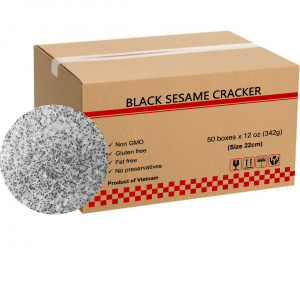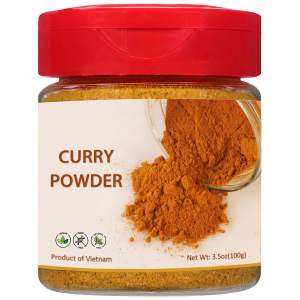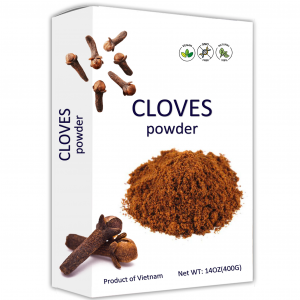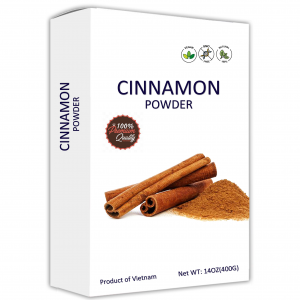Step 1 of 4
Soak dried chillies in room temperature water until they soften. Rinse well. Tip: To make the dish less spicy, boil the dried chillies with a splash of vinegar and some salt instead of soaking them until soft. Then, remove the seeds and membranes of the dried chillies. Use rubber gloves when handling the dried chillies.












Reviews
There are no reviews yet.